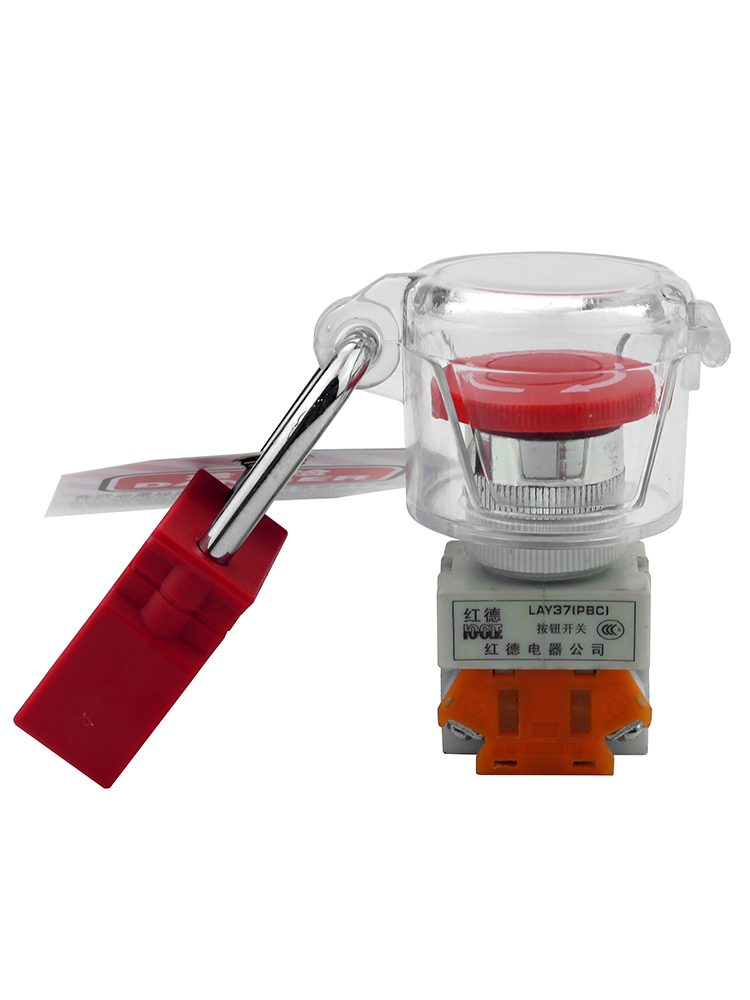To comply with the requirements of 1910.147, hazardous energy sources such as electrical, pneumatic, hydraulic, chemical, and thermal energy must be properly isolated to zero power using a sequence of shutdown steps documented by an interlock procedure. The above hazardous energies represent a hazard that must be controlled to prevent mechanical movement by power generation or residual pressure during service and maintenance. However, the hazards associated with electricity also present a difficult insulation problem – electricity itself. Not only is there a danger of electric shock in the form of generating electricity that provides mechanical movement, but the power itself must be controlled and isolated in separate electrical installations such as disconnect panels, circuit breakers, MCC switch panels and circuit breaker panels. There is an important relationship between interlocking and electrical safety. Interlocks are necessary and used as a means of control to ensure the safety of workers, and before repairing or maintaining switchboards, electrical safety work practices must be followed and followed. When an electrical installation is turned on to perform work, the relationship between qualified electricians and personnel authorized to interlock goes the same way, but in a different direction. This is where the work of the licensee ends and the qualified electrician begins. Blocking is the practice of isolating hazardous energy from a machine to prevent mechanical movement of critical components and the flow of hazardous energy (e.g. air, chemicals, water). The isolation of hazardous energies such as gravity, compression springs and heat also play an important role as they are identified as hazardous energies on equipment. To ensure isolation of these hazardous energy sources, lockout procedures for the particular equipment must be followed. The identification and blocking of these hazardous energy sources can be performed by authorized personnel trained by the organization.

Post time: Dec-17-2022






